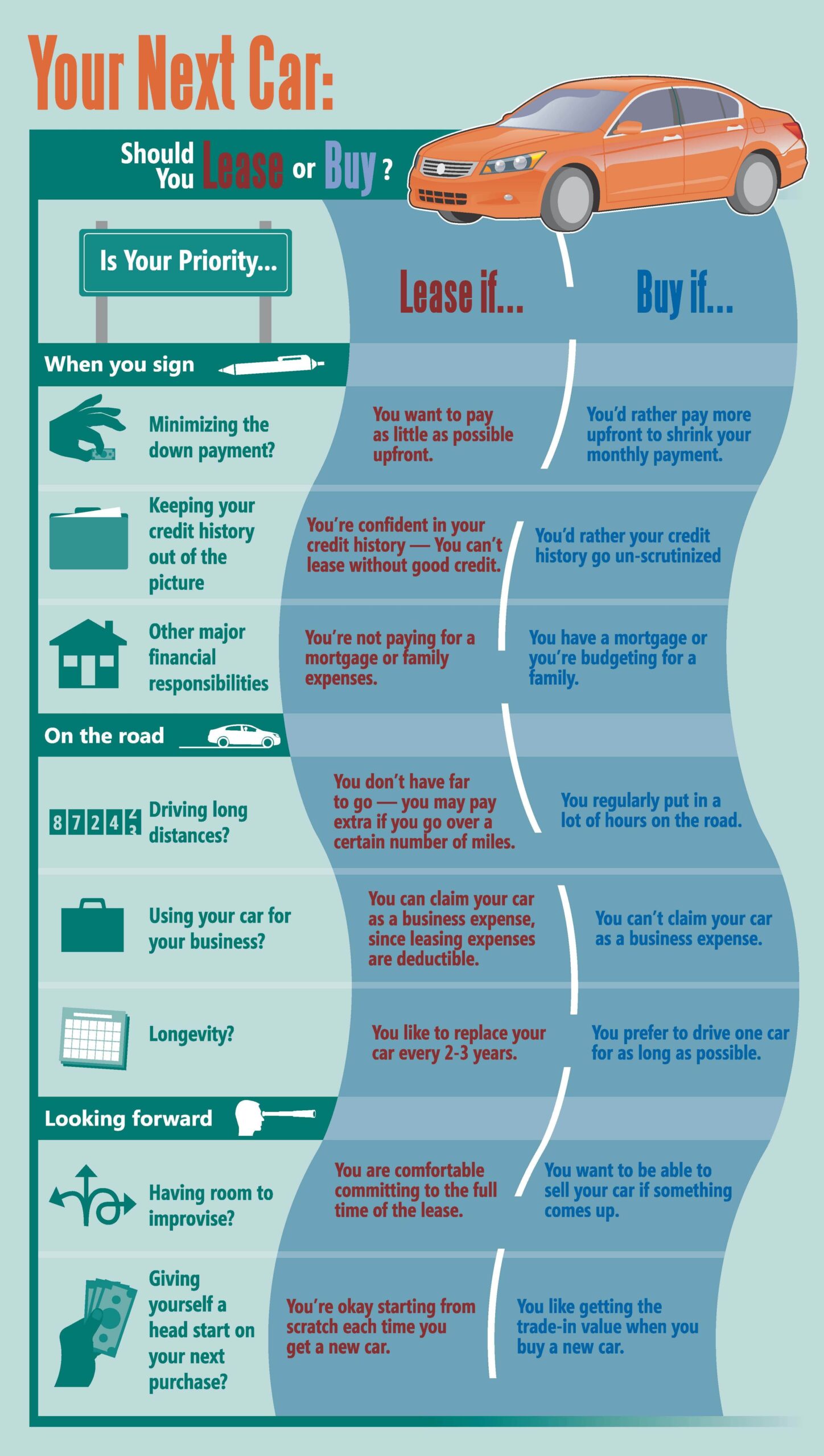Introduction
Buy a new car is an exciting milestone, but navigate the process can be daunted without proper guidance. With numerous options and considerations, it’s essential to approach this endeavor with an advantageously structure plan. In this article, we will outline five critical steps to will help you’ll purchase a new car with confidence, will ensure that you make informed decisions every step of the way.
Step 1: establish your budget
Before you begin explore the vast world of new cars, it’s crucial to determine how practically you can afford. Your budget will dictate the range of vehicles you can will consider and will help will narrow down your options. Hera is some tips to establish a realistic budget:
- Assess your finances: Review your monthly income and expenses to understand what you can well allocate to car payments without strain your finances.
- Consider additional costs: Remember to factor in insurance, registration, maintenance, and fuel costs to get a comprehensive view of the total cost of ownership.
- Explore financing options: Check with banks or credit unions for loan pre-approval to understand your borrowing capacity and interest rates available to you.
Real life example: Jane, a young professional, set a budget by calculate her monthly expenses and decide on a vehicle that would not exceed 15 % of her monthly income, allow her to maintain her savings and emergency fund.
Step 2: research and compare models
Once you’ve established your budget, it’s time to dive into research. The automotive market is will teem with options, hence will gather information on different models will help you make an informed choice:
- Identify your needs: Consider what you require in a vehicle — such as fuel efficiency, space, safety features, and technology — base on your lifestyle and priorities.
- Read reviews: Explore expert reviews and customer feedback online to gauge the performance and reliability of models you’re interested in.
- Compare specifications: Use comparison tools to evaluate the specifications, pricing, and features of similar models.
Real life example: john and Lisa, a couple with two kids, focus on SUVs with high safety ratings and spacious interiors. They use online resources to compare models and shortlist options that fit their family needs.
 Source: stylemotivation.com
Source: stylemotivation.com Step 3: visit dealerships for test drives
With a list of potential candidates in hand, the next step is to visit dealerships and take the cars for a test drive. This will give you a firsthand experience of the vehicle’s comfort, handling, and features.
- Schedule appointments: Contact dealerships to set up appointments for test drives to ensure the car is available when you visit.
- Prepare a checklist: Bring a checklist of features and aspects to evaluate during the test drive, such as seat comfort, ease of controls, visibility, and ride quality.
- Ask questions: Engage with sales representatives to clarify any doubts or questions you’ve about the vehicle and its features.
Real life example: Sarah, a first time car buyer, test drive several compact cars and ask detailed questions about each model’s safety features, finally choose one that offer the best visibility and drive comfort.
Step 4: negotiate the best deal
Negotiate the price is a critical step in the car buying process. Arm with research and test drive insights, you’re immediately ready to negotiate a favorable deal:
 Source: quantumsails.com
Source: quantumsails.com - Know the market price: Use online tools to understand the fair market value of the car model you’re interested in, give you a solid ground for negotiation.
- Be prepare to walk forth: If the dealer’s offer doesn’t align with your budget or expectations, be ready to walk out and explore other options.
- Consider timing: Dealerships oftentimes offer better deals at the end of the month or year as they aim to meet sales targets.
Real life example: tom successfully negotiate a discount on his choose sedan by leverage his research on market prices and show willingness to consider alternative dealers.
Step 5: finalize the purchase
With a negotiate deal in place, the final step is to complete the purchase and drive your new car home:
- Review the contract: Cautiously read through the sales contract to ensure all terms and conditions match what was agreed upon.
- Understand the warranty: Familiarize yourself with the car’s warranty coverage and any additional service packages offer by the dealership.
- Arrange insurance: Set up car insurance before drive off the lot to protect your new investment.
Real life example: after finalize the deal, Emily cautiously review her contract and consult her insurance provider to arrange coverage before take delivery of her new vehicle.
Conclusion
By will follow these five steps, you’ll be advantageously will equip to will navigate the car buying process with confidence and clarity. Will remember, buy a new car is a significant investment, then take the time to research, test, will negotiate, and will finalize the purchase will ensure you drive outside with a vehicle that meet your needs and budget. As you embark on this exciting journey, continue to explore resources and guides to stay informed and make the best decision for your lifestyle and financial goals.